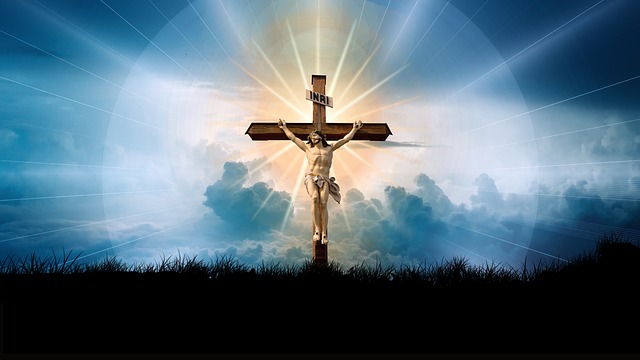 There is little doubt that Easter represents what could be considered the most important event in human history. It is, of course, the bedrock foundation of Christianity.
There is little doubt that Easter represents what could be considered the most important event in human history. It is, of course, the bedrock foundation of Christianity.
If it is true.
Obviously, this whole death/resurrection thing is contrary to human experience. Even those of us who consider ourselves to be believers must concede that the resurrection – the culmination of those critical days – is the hardest part to accept. Non-believers, of course, reject that scenario entirely.
If we apply our logic filter to this critical question, how do we justify our belief in so incredible a narrative?
In judging the Easter events, we encounter a couple of profound facts. And those facts provide logical credence to support the accuracy of that historic moment.
If we accept the possibility of a God of unlimited power, we must also accept that He could act to control or manipulate individual actions or events to suit His purpose. While we seem to have free will on a day-to-day basis, that doesn’t mean that God doesn’t influence events on occasion for His purpose.
With that in mind, we need to consider the perfect timing of the crucifixion.
Since Jesus was a member of the Jewish community, His burial would be subject to the laws of that community – no work to be performed on their Sabbath, Saturday.
Jesus’ crucifixion took place on a Friday.
Since the Sabbath began at sundown, there was no time to prepare His body for the grave without violating the Sabbath. That timing set the stage for the ultimate discovery of the resurrection on Sunday.
In order for the resurrection to be “miraculous,” there had to be a period of time when death was assured. It is further evidence of divine influence that the political climate at that moment created a reason for the Roman guards to be stationed at the tomb, thereby verifying the period of death by neutral parties.
Logically, it makes complete sense that the timing and sequence of events created the perfect scenario to make the death and resurrection a believable narrative.
But there is a final element that is the glue that holds the whole story together.
Following the crucifixion, Jesus’ disciples were traumatized. They were devastated, frightened and in hiding. The man they had followed, the man they had witnessed performing miracles, the man they had come to believe was, at the very least, a prophet from God, had died. All that they had dedicated themselves to was lost.
Logic suggests that what followed was the making of the ultimate miracle.
The Bible records that in the days that followed the crucifixion, Jesus appeared to the disciples, confirming his return from the dead.Understandably, they were hesitant to believe until he convinced them, in part by displaying his wounds.
Was it real?
The final proof, and the beginning of what would become known as Christianity, was the transformation of this group of frightened followers into fearless missionaries, putting their lives on the line to spread the word.
Logic demands that we acknowledge that no group of frightened followers would have that much courage. That kind of passion, that kind of devotion, could only arise from one possibility.
The story is true.
